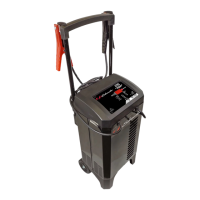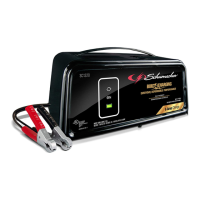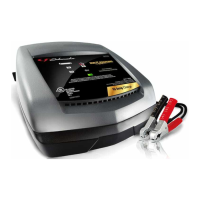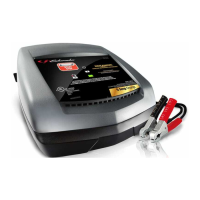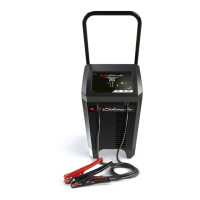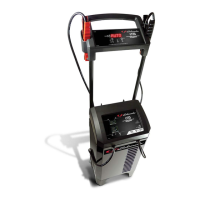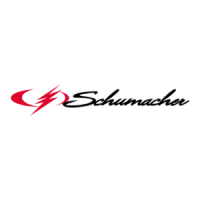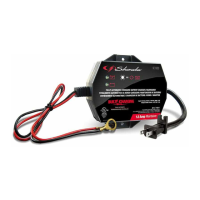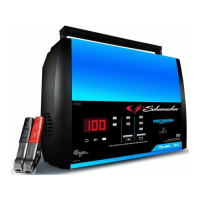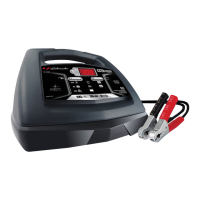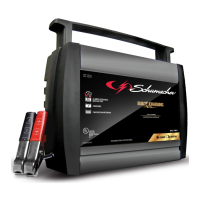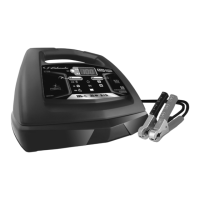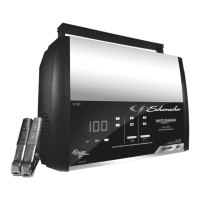What to do if engine start does not work on Schumacher SC1325 Battery Charger?
- KKelsey ButlerAug 15, 2025
If the engine start function of your Schumacher Battery Charger isn't working, it could be due to several reasons. You might be drawing more than 250 amps, in which case the crank time may be less than 5 seconds. Also, you should wait 3 minutes (180 seconds) between cranks. Overheating could be a factor, so ensure the charger vents aren't blocked and allow it time to reset. For a severely discharged battery, try using the 40A Boost rate for 10 to 15 minutes before attempting to crank.
